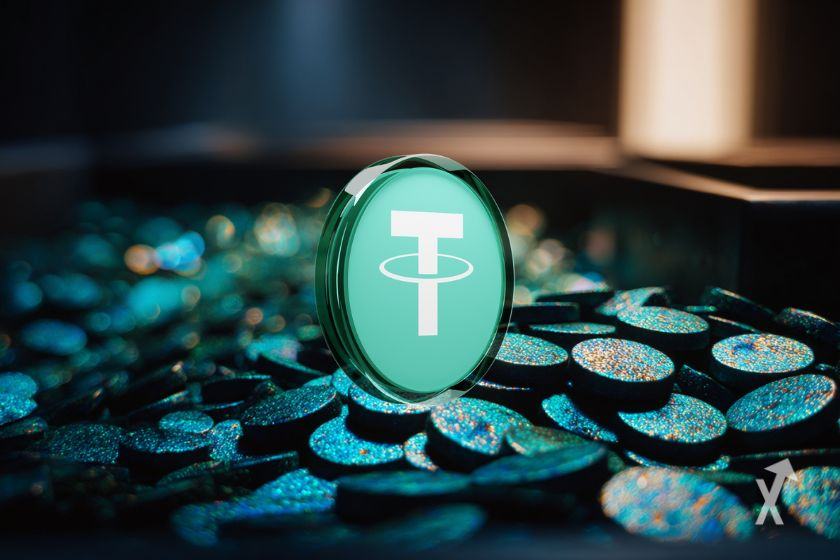Ethereum Sets December 3 Launch Date for Fusaka Mainnet Upgrade
Ethereum’s next big moment is officially on the calendar. After months of testing across multiple networks, the Ethereum Foundation has confirmed December 3 as the launch date for the long-awaited Fusaka mainnet upgrade. Announced during Thursday’s All Core Devs call , Fusaka will roll out roughly a dozen Ethereum Improvement Proposals (EIPs) aimed at making the network faster, more efficient, and more secure. It’s the most significant update since Pectra, and one that positions Ethereum for the next phase of scaling and Layer 2 integration.
What Is Fusaka?
The Fusaka hard fork is a backward-compatible upgrade focused on improving the sustainability, scalability, and security of Ethereum’s base chain. It brings several protocol-level refinements designed to optimize validator operations, data availability, and transaction capacity—all without disrupting existing smart contracts or user activity.
From Testnets to Mainnet
Fusaka reached its final milestone this week by going live on the Hoodi testnet, following successful rollouts on Holesky and Sepolia earlier this month. Each deployment was monitored for validator stability, synchronization, and performance, clearing the way for a confident mainnet launch.
Key Features and Improvements
The headline feature in Fusaka is Peer Data Availability Sampling (PeerDAS)—a breakthrough method for validators to access and verify data more efficiently. Initially slated for February’s Pectra upgrade, PeerDAS was postponed for additional testing and will now go live under Fusaka.
Another core improvement is the increase of the block gas limit from 30 million to 150 million units, dramatically expanding Ethereum’s transaction capacity and doubling blob data throughput. Together, these upgrades push Ethereum closer to its long-term goal of high-throughput, low-cost scalability.
Security and Community Efforts
Ahead of the upgrade, the Ethereum Foundation launched a four-week audit contest with up to $2 million in rewards. The goal is to uncover any vulnerabilities before Fusaka reaches the mainnet, reinforcing Ethereum’s commitment to transparency and open collaboration within the developer community.
The Road Ahead
Fusaka marks another step in Ethereum’s steady evolution. By modernizing data handling, boosting block limits, and refining validator operations, it lays the groundwork for a more scalable and sustainable ecosystem. With December 3 approaching, developers and stakers alike are preparing for a smoother, more capable $Ethereum ready to meet growing global demand.
Disclaimer: The content of this article solely reflects the author's opinion and does not represent the platform in any capacity. This article is not intended to serve as a reference for making investment decisions.
You may also like
Three things that must happen for Bitcoin to avoid bear market
A $500 billion valuation giant is emerging
With a valuation comparable to OpenAI and surpassing SpaceX and ByteDance, Tether has attracted significant attention.

Prediction markets meet Tinder: Can you place bets on Warden's new product by simply swiping left or right?
No need for chart analysis, macro research, or even inputting the amount of funds.

Why does bitcoin only rise when the U.S. government reopens?
The US government shutdown has entered its 36th day, leading to a decline in global financial markets. The shutdown has prevented funds from being released from the Treasury General Account (TGA), draining market liquidity and triggering a liquidity crisis. Interbank lending rates have soared, while default rates on commercial real estate and auto loans have risen, increasing systemic risk. The market is divided over future trends: pessimists believe the liquidity shock will persist, while optimists expect a liquidity release after the shutdown ends. Summary generated by Mars AI. The accuracy and completeness of this summary are still being improved as the Mars AI model is updated.

